Sicklepod, also known as American Sicklepod, Chinese Senna, Coffee Pod, or Coffeeweed, is an annual plant belonging to the Fabaceae family. Native to the Eastern United States and parts of tropical and subtropical America, this species, Senna obtusifolia, is both admired for its bright green foliage and yellow blooms and criticized as an invasive weed.
While some consider it a wildflower, Sicklepod often earns a less favorable reputation, particularly when it invades agricultural fields of cotton, corn, and soybeans. Emerging in spring, this plant grows rapidly, showcasing its dual identity—an attractive legume to some and a troublesome weed to others.
Sicklepod’s adaptability and fast growth make it a notable feature of both gardens and farmlands, depending on how it’s perceived and managed.
| Common name | American Sicklepod, Sicklepod, Chinese Senna, Coffee Pod, Coffeeweed |
| Botanical name | Senna obtusifolia |
| Family | Fabaceae |
| Species | obtusifolia |
| Origin | Eastern U.S.A., Tropical & Subtropical America |
| Life cycle | Annual |
| Plant type | Annual |
| Hardiness zone | 5, 6, 7, 8, 9, 10 |
| Sunlight | Full Sun |
| Soil condition | Clay |
| Drainage | Well-Drained |
| Spacing | 3 ft. – 6 ft. |
| Flowering period | Fall |
| Height | 2 ft. – 5 ft. |
| Flower color | Gold, Yellow |
| Leaf color | Green |
| Fruit color | Brown, Copper |
| Stem color | Green |
| Fruit type | Legume |
| Flower benefit | Showy |
| Uses | Naturalized Area |
I. Appearance and Characteristics
Senna obtusifolia, known by the common names Chinese senna, American sicklepod, sicklepod, etc., is a plant in the genus Senna, sometimes separated in the monotypic genus Diallobus. It has a long-standing history of confusion with Senna tora and that taxon in many sources actually refers to the present species.
Senna obtusifolia is endemic to Central America and South America, but is naturalised in North America, Africa, parts of Europe, the Middle East, the Indian subcontinent, parts of Southeast Asia, New Guinea and parts of Australia. In its natural environment, it grows on the shores of lakes and rivers, but is also a weed of pastures and roadsides at altitudes up to 1,100 m (3,600 ft).
This species was first formally described in 1753 by Carl Linnaeus who gave it the name Cassia obtusifolia in Species Plantarum. In 1979, Howard Samuel Irwin and Rupert Charles Barneby transferred the species to the genus Senna as S. obtusifolia in the Memoirs of the New York Botanical Garden. The specific epithet (obtusifolia) means “blunt-leaved”.
S. obtusifolia is known by a number of common names. Apart from “sicklepod”, sickle-pod senna, rarely “Chinese senna” or even “American sicklepod”, it is also called arsenic weed, foetid cassia, or wild senna.
It is also known locally by common names such as “coffee weed” (coffeeweed) or “java bean” (in Australia) or “coffee pod” (in the American South or West), although the terms “coffee weed” or “coffee pod” are ambiguous as they also apply to S. tora. It may be called by the Hindi name “chakunda” in India, but this is also one of the names for S. tora.
If you read some sicklepod information, you will find that this is one interesting plant. Look for a stalk up to 2 ½ feet (0.75 m.) high, smooth, hairless, oval leaves and showy, buttercup-yellow flowers with five petals each. Most striking is the long, sickle-shaped seed pods that develop from each flower after it matures. The plant was used by indigenous people for medicinal purposes. However, another common name for this plant is arsenic weed, in reference to the weed’s toxicity when consumed, so it is best not to ingest it.
Sicklepods are annuals that bloom for one to two months, from late summer into fall. However, the plants reseed themselves so generously that they are considered sicklepod weeds, and are hard to eradicate. A tough plant, sicklepod grows in most soils, including the poor, compressed earth between railroad ties.
Sicklepods are also drought tolerant and disease resistant. These qualities, together with its impressive seed quantities, make controlling sicklepod difficult.
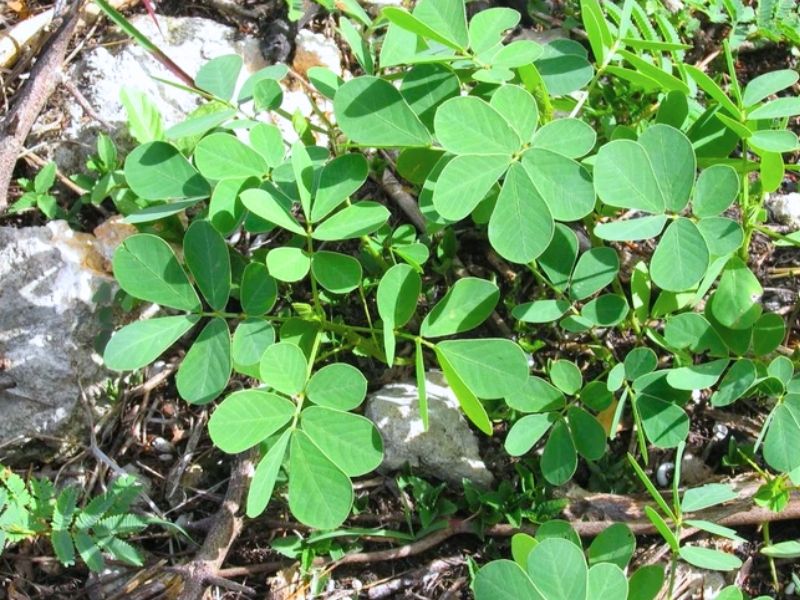
II. How to Grow and Care
Sunlight
Sicklepod flourishes under full sun exposure, which assures vigorous growth and optimal health. The ideal sunlight ensures ample photosynthesis, promoting strong development and flowering. While sicklepod can tolerate partial sun, such conditions may lead to reduced growth vigor and possible impacts on reproductive success. This species exhibits adaptability through leaf orientation to maximize light absorption in varying conditions. In outdoor settings, sicklepod should be planted in areas that receive unobstructed sunlight for the majority of the day to maintain its vitality and robustness.
Watering
Thriving in its native tropical climate, sicklepod has adapted to a consistent moisture regime, indicative of its origins. This species exhibits a preference for regular hydration while maintaining moderate drought resistance. Watering every week will sustain its lush growth and health. As an outdoor plant often found in warm regions, sicklepod benefits from mulching to retain soil moisture during hot spells, aligning with its need for steady water availability.
Propagation
Sicklepod is a plant that propagates readily through sowing, with spring being the ideal season. Propagation is relatively easy, with signs of success including emerging seedlings. It’s crucial to maintain adequate moisture during germination.
Transplanting
The finest time to transplant sicklepod is during the S3-S4 season, also known as late winter to early spring, as this provides the plant enough time to set roots before the hot season. Choose a sunny location to ensure vibrant growth. Handle sicklepod gently during transplantation to avoid injury.
III. Uses and Benefits
- Medicinal uses
Traditional Eastern medicine
The materia medica name for the seeds in Chinese is jué míng zǐ (simplified: 决明子; traditional: 決明子). The medicinal seeds are also known by the equivalent Korean name gyeolmyeongja (결명자; 決明子) in traditional Korean medicine, and by the Japanese name ketsumei-shi (ケツメイシ, 決明子) in kampō medicine.
The jue ming zi is used widely in Asia, including Southeast Asian countries such as Thailand, and its herbal tea is drunk instead of regular tea as a preventative for hypertension. It is also purported to have the ability to clear the eye. In Korea also, medicinal gyeolmyeongja is usually prepared as tea (gyeolmyeongja-cha. ‘sickle pod tea’).
Senna tora (Cassia tora) is used similarly, and though distinguished in the Chinese market as the “little/lesser” variety or shao jue ming 小決明) the Japanese government’s [pharmacopoeia] (Nihon yakkyokuhō) officially acknowledges both S. obtusifolia and S. tora to be commerced as ketsumeishi.
The Japanese beverage habu-cha (ハブ茶), as the name suggests, was originally brewed from the seeds of the habusō or S. occidentalis, but currently marketed habu-cha uses S. obtusifolia as substitute, since it is a higher-yielding crop.
Western medicine
The antimicrobial activity of leaf extracts of Senna obtusifolia have been studied.
- Culinary uses
Kawal, a protein-rich meat substitute eaten in Sudan, is produced by crushing the leaves of the plant into a paste which is then traditionally fermented in an earthenware jar, buried in a cool place. The jar is dug up every three days and the contents mixed. After two weeks, the paste is removed and rolled into balls which are left to dry in the sun. They are usually cooked in stews with onions and okra.
IV. How to Control
Controlling Sicklepod
Sicklepod weeds are especially unwelcome in agricultural row-crop situations. They impact crop yields when they grow in cotton, corn, and soybean fields. Sicklepod is also a bad thing to have growing in a pasture since it is toxic. Hay taken from pastures with sicklepod weed in them is of no use for livestock since they refuse to eat the contaminated hay. People faced with these problems are interested in sicklepod control. They want to know how to get rid of sicklepod plants.
How to Get Rid of Sicklepod Plants
Sicklepod control is not as difficult as controlling some other weeds. You can remove sickleweed manually by pulling it up by the roots as long as you are sure to pull out the entire taproot. Alternatively, eradicate sickleweed by applying post-emergent herbicides.
Find Where to Buy the Best Sicklepod (Senna obtusifolia)
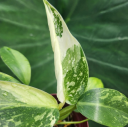




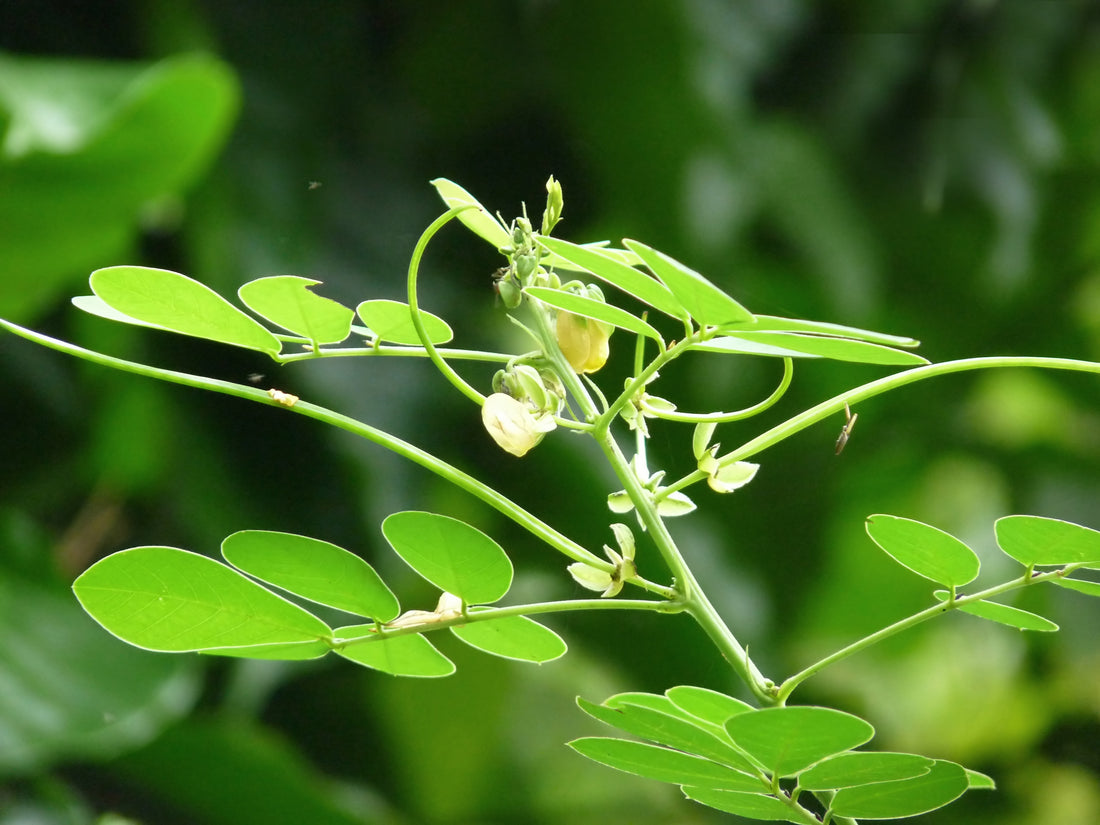


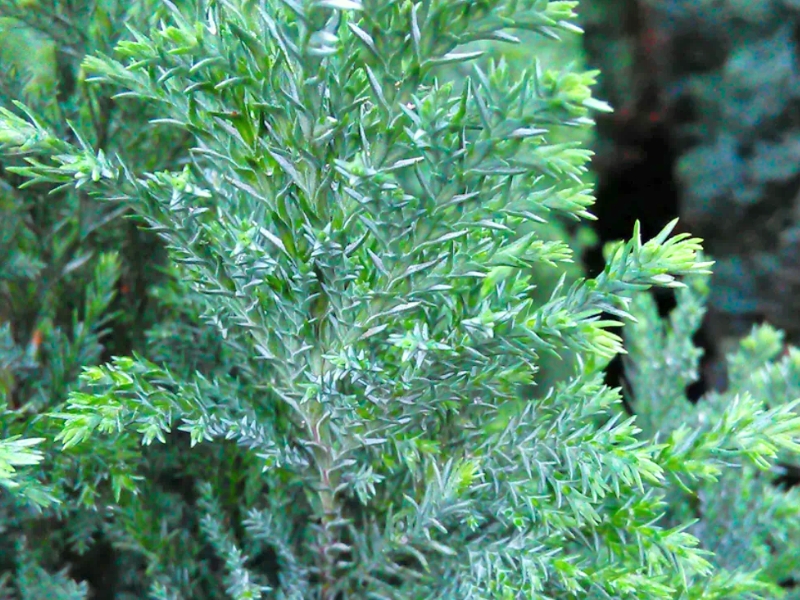
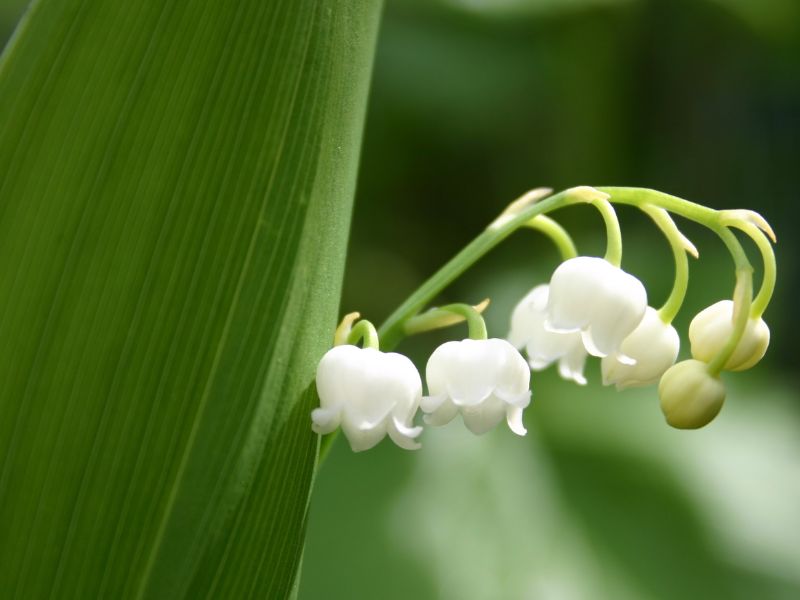
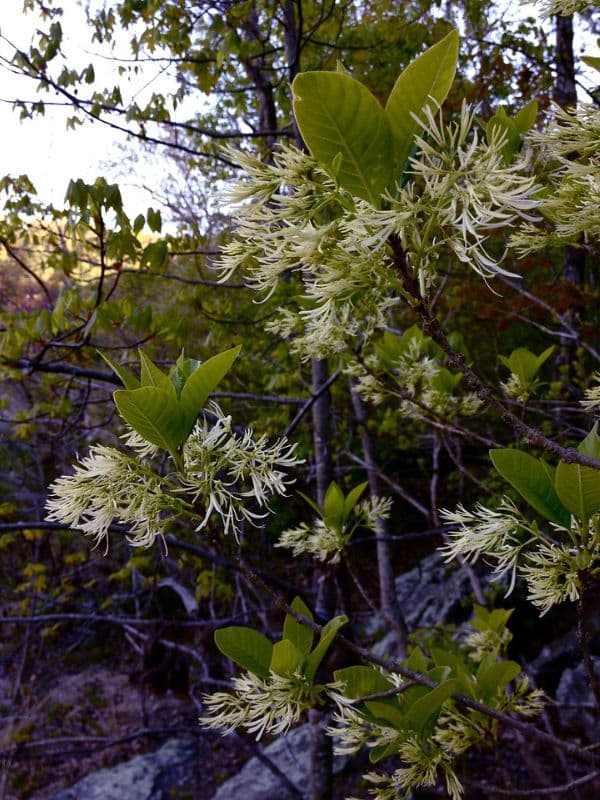
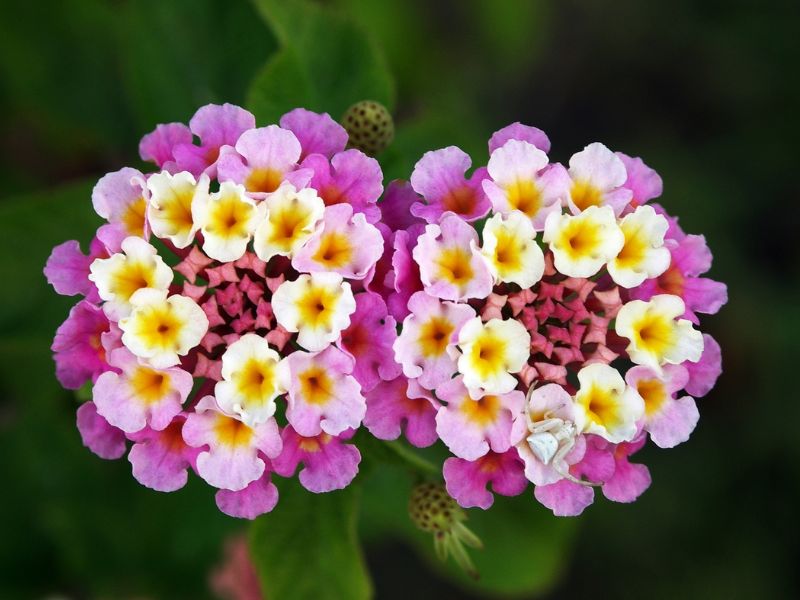
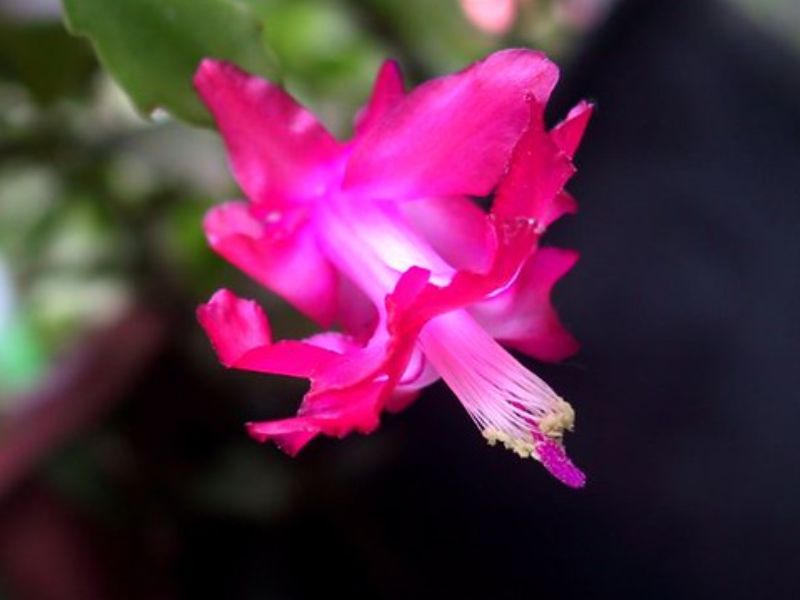
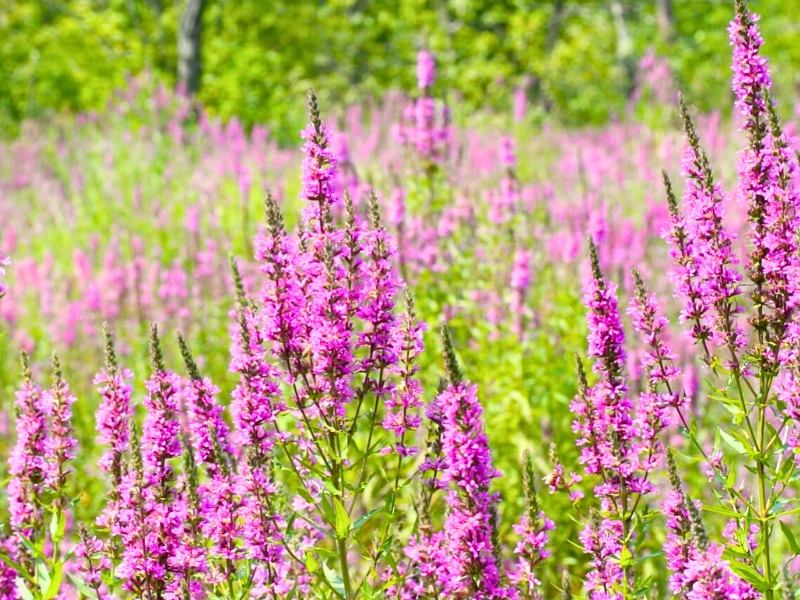
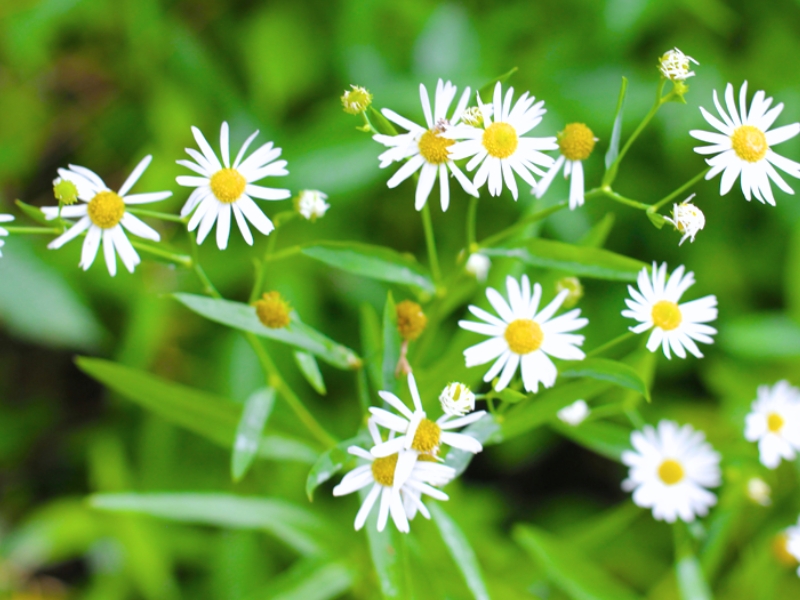
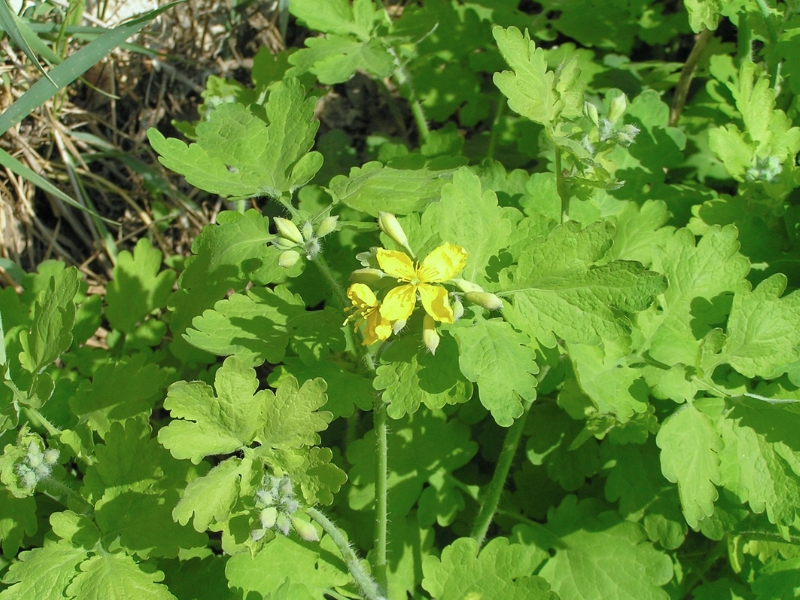
Leave a Reply